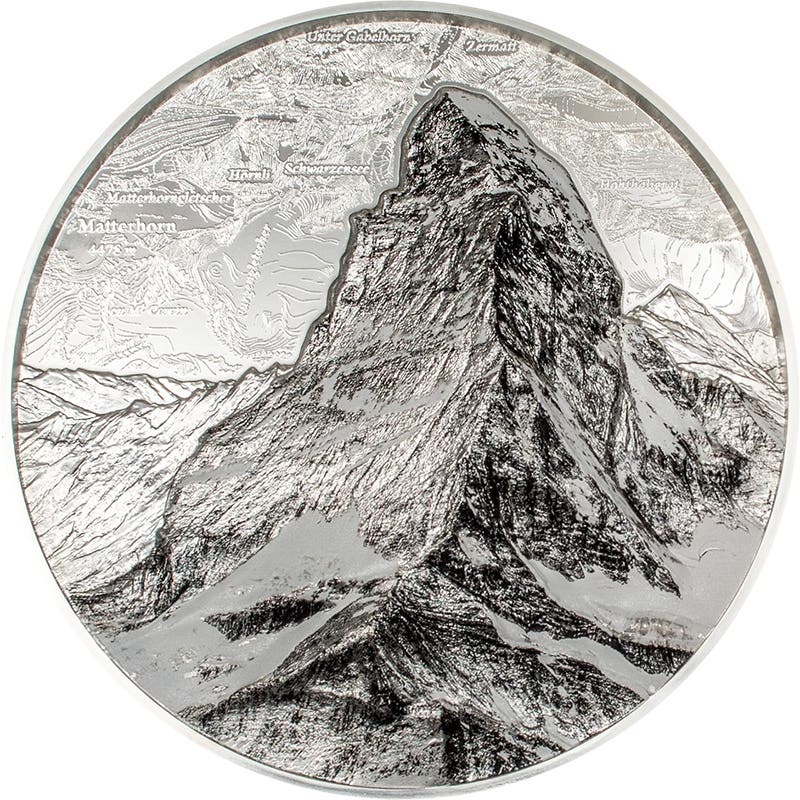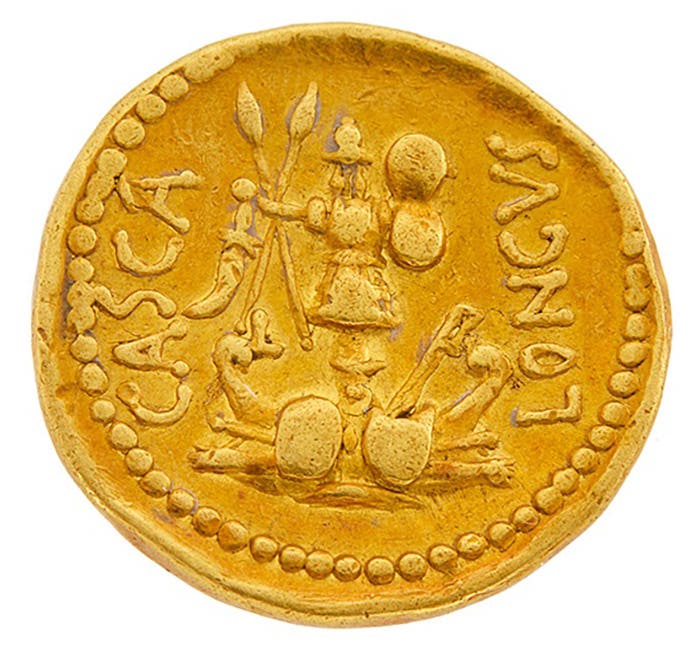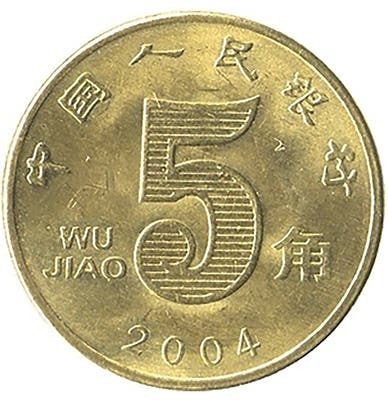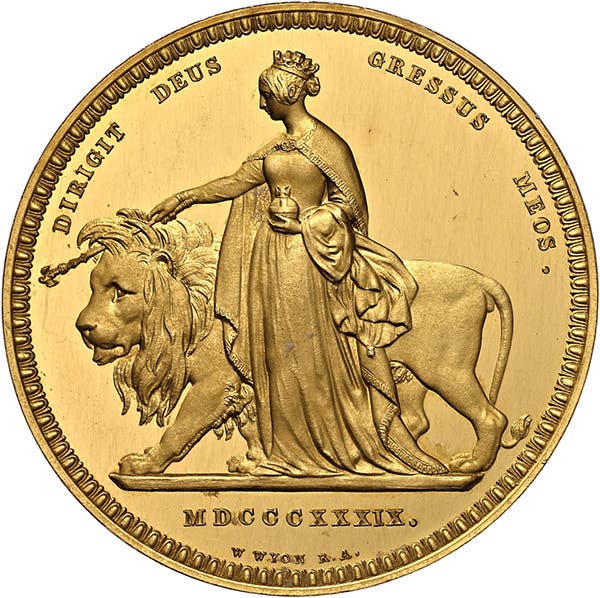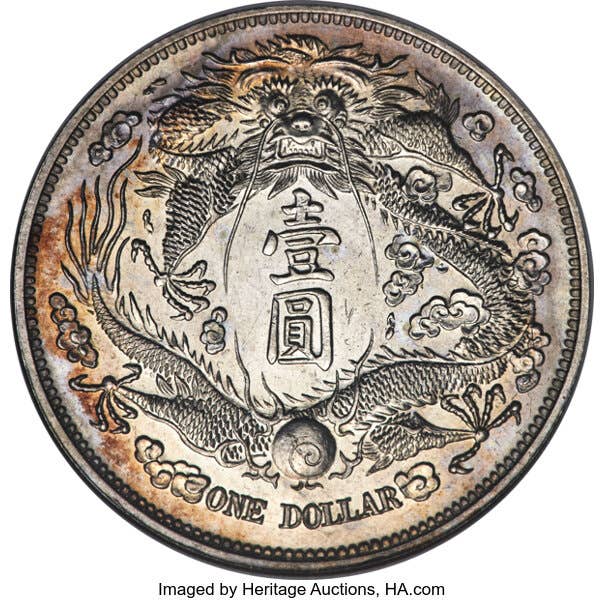Starck Reality: Keeping Up With Volatile Markets is Challenging
As gold and silver surge to new highs, pricing updates struggle to keep pace. Numismaster.com is adapting its valuations to reflect rapid market changes and ensure accuracy in an unpredictable commodities landscape.
As anyone who has paid attention to the precious metals market in recent weeks can tell you, the market gyrations are hard to keep up with.
Gold continues to gain momentum on previously unreached, unadjusted for inflation and price levels, and silver steams ahead to stronger numbers, too, for 2025. Just as a dealer might have trouble updating their pricing across all inventories to reflect the new, higher levels, so too is it a challenge to have pricing at Numismaster.com reflect these new realities.
The precious metal prices are just moving too fast.
Last week, we ran a pricing update to reflect the increased value of the commodities better. Shortly after resetting the precious metals prices at the website based on silver at $32 an ounce (and gold at $2,900 an ounce), silver began regularly topping $33 an ounce and approaching $34 an ounce, while gold topped $3,000 an ounce for the first time.
Silver has been particularly volatile, with swings of more than $1 in a given day. That is, the lowest and highest prices of silver have been more than $1 apart during the same business day. Intra-day trading seems to send the price rising early in the day and then falling from its peak as the day progresses. Five steps forward, three steps back is still two steps forward.
This activity has left pricing for some coins, in specific grades, below the value of the precious metal they contain. Consider Ecuador’s silver one sucre issued from 1928 to 1934, the coin cataloged as KM-72.
We changed the lowest prices listed for coins in Fine-12 and Very Fine-20 conditions to one indicated by their bullion value instead of a flat number. This means that whenever metal prices are updated system-wide, the values will change with the market instead of having to be manipulated individually.
Before we make such a change, we would like to see sustained price support at different levels before adjusting the basis price. That is, we want to know that the price will likely remain around that new level, up or down, before readjusting the level.
That’s because large price swings will affect each coin differently. The one sucre coin mentioned above, which was priced in the database below “melt value” in Very Fine-20 before a recent update, is a perfect example of how even a significant price shift has little impact on this tiny coin’s value.
A $1 swing in the “spot” price either way only nets out to about 12 cents difference for this coin, which only has 0.1157 ounces of actual silver.
Meanwhile, a price swing of $1 per ounce translates to 58 cents when considering Ecuador’s 5 sucre of 1943 and 1944, another coin whose pricing we recently changed. That’s because that coin contains 0.5787 ounces of actual silver.
Having pricing tied to the bullion value, an essential, ongoing, and long-term project for Numismaster.com, will better reflect market realities going forward. It's a big project, but one we are excited to see develop.
You may also like:
Jeff Starck is the Market Analyst for Numismaster.com and is a lifelong collector and writer. His appreciation for and interest in world coins and writing allows him to share the hobby with others.





